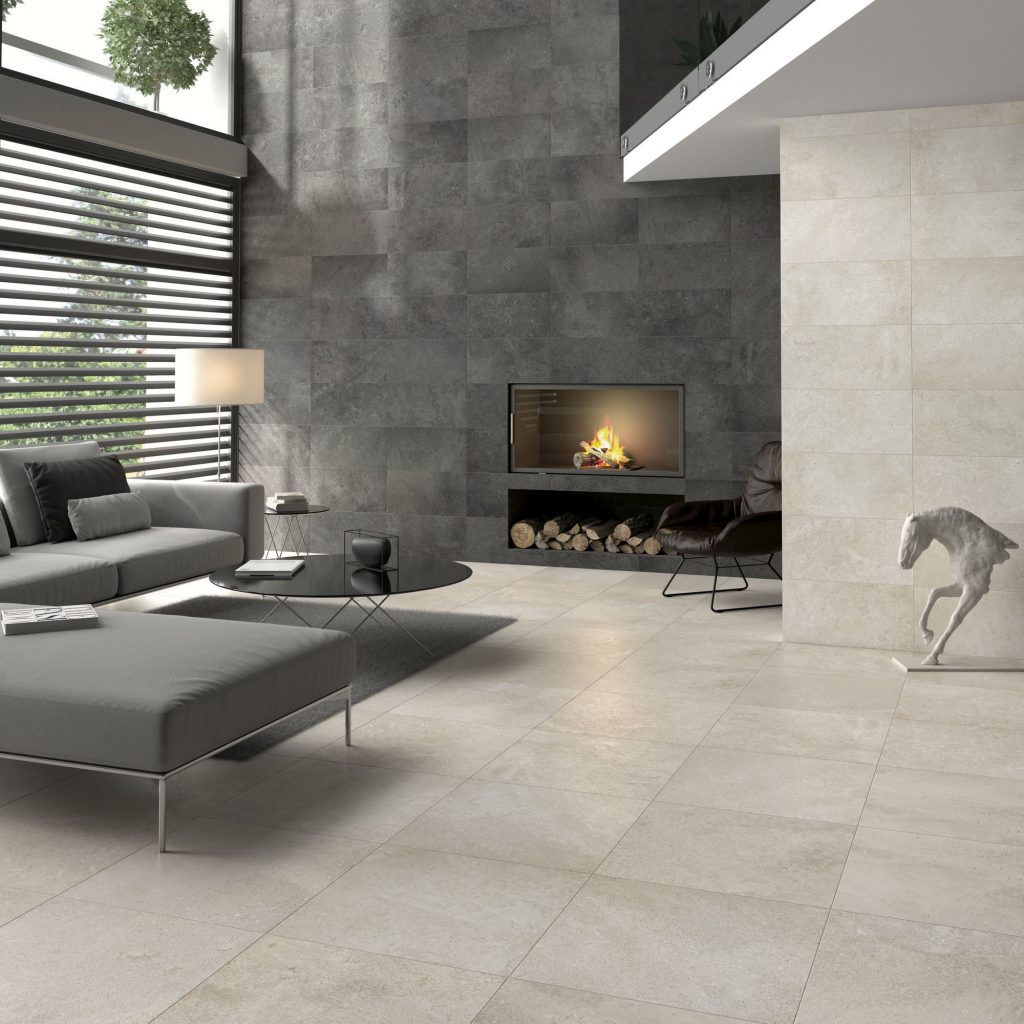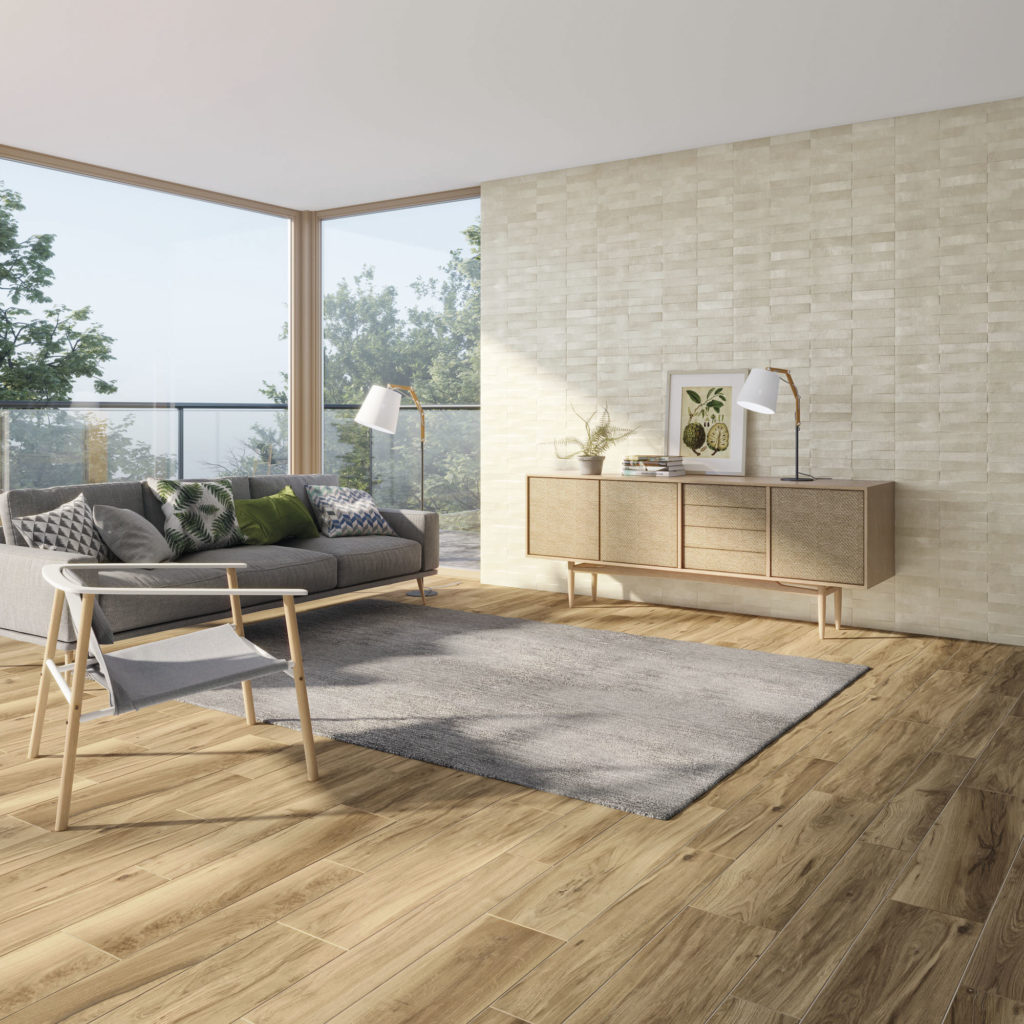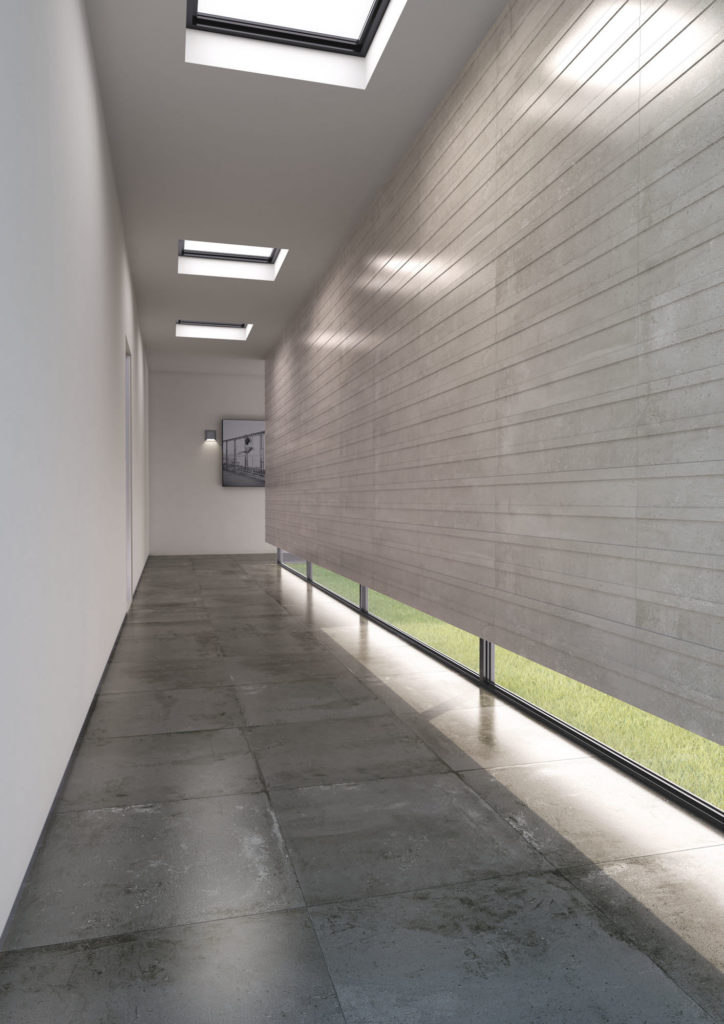Wall ceramic tiles for the wholehouse
9 de April, 2020
In the previous article we spoke about some of the advantages of using ceramic tiles.
There are areas where, due to their intrinsic characteristics, the use of ceramic tiles is more common, such as kitchens or bathrooms. However, it is not a deterrent that they are used in other areas.
Today we share with you some suggestions on how to cover the walls of your home with ceramic material.
The kitchen
We start with the kitchen, which is an area where the use of ceramics is privileged; being a space where, amongst others, high levels of humidity, fumes, odors, stains, layers of grease, are concentrated, it is undoubtedly the material that makes most sense to use, both for its resistance and for its ease of cleaning.
Amongst other materials, such as wood or marble, ceramics has the best performance in relation to the aggression agents mentioned above (humidity, smoke, odors, grease), due to its physical and chemical characteristics, compared to other materials, such as wood, stone, textile, wallpaper or vinyl, and logically therefore the right choice.
Usually the wall areas are completely covered with this material, making it easier to clean and minimizing attacks by aggressive agents.
However you can choose strategic walls such as the backsplash, the area between the upper and lower cabinets, as it is most susceptible to grease stains, splashes, vapors and fumes; another interesting way of covering this division is to create distinct areas with decorative accents.
As an example, we have chosen two types of ceramic tendencies to cover the backsplash wall.
In the first example we find the so-called “subway tile”. The rectangular shape is trendy, and creates a clean and modern look.

In the second example, we chose a hydraulic mosaic tile for the backsplash wall, a product that was fashionable in the 70s and which now appears replicated in ceramics with a new design and enriched with vibrant colors. We chose the Liv’in collection and its Diamond decorations.
See the complete collection here – https://aleluia.pt/en/collection/livin/

The bathroom
The bathroom is the second room where ceramic is most used as a wall covering. The choice of this type of bathroom tile is related to the same factors that make it the most popular type of tile for kitchens: resistance to humidity and easy cleaning, in addition to its decorative dimension. Although it is not absolutely necessary to use it in the entire bathroom, it is essential to apply it in areas that are more prone to water runoff, such as the shower or wash-basin area. One way to harmonize the different areas of the bathroom is to combine the chosen tile with details | notes only in some areas such as the shower or washbasin area creating a harmonious contrast between them, accentuating their character which, in addition to being functional, also has a decorative component.
In exemples 1 and 2 we present the shower area differentiated from the rest, through the inclusion of diamonds in the 10×18 format or multicolored mosaics, creating a decorative element to the bathroom.
See the complete collections – https://aleluia.pt/en/collection/livin/ | https://aleluia.pt/en/collection/alpe/


Another area that can be highlighted with a decorative note is the washbasin area. We chose the Herring mosaic from the Urban Stone collection to create a sublime highlight for this area, harmonizing it with the others; another interesting example is the detail offered by the Scales collection, which creates an elegant and sophisticated design in the lavatory area.
Discover the complete collections here – https://aleluia.pt/en/collection/urban-stone/ | https://aleluia.pt/en/collection/scales/


The bedroom
The bedroom is possibly the most unlikely area for using ceramics, especially in terms of wall covering.
A good way to incorporate ceramics in a room is to use matt materials that create a feeling of comfort and well-being. Embossed coverings (or stone imitation) are also a good option for these spaces, creating warm environments with a high sense of comfort.

In this environment, we used the Muretto beige decoration, combined with minimalistic furniture and sober colors, proving that ceramics are capable of creating warm and intimate environments.
See the complete collection at – https://aleluia.pt/en/collection/balance/
The living room
The living room is also a room with less likelihood of using ceramic as a wall covering, however, although with a more decorative than functional purpose, its use is possible. With the technological advancement in the area of ceramics, almost perfect reproductions of materials such as wood, stone or natural stone appear, commonly used in the design of housing spaces (the same to bedroom areas). These materials, due to their characteristics, price or maintenance, have given way to ceramics, which have a better performance in terms of resistance and durability, without losing the aesthetic qualities of the former. The feeling of comfort that more traditional materials like wood offer is replicated in ceramics with warm environments. Here are examples of application of ceramics in living areas; in the first example we recreated a large, modern and clean living area.
Urban Stone Collection – https://aleluia.pt/en/collection/urban-stone/

In the second example, we see a harmonization between embossed ceramic tiles – the so-called brick effect – and wooden floor tiles, creating a very cozy living area.
See the Touch collection here – https://aleluia.pt/en/collection/touch/

The dining room
The dining room can act as an extension of the work area – the kitchen. It is a social space that is often linked to the kitchen, promoting socialization during the preparation and dining experiences.
Thus, the harmonization between these two areas is possible and desirable, and the use of ceramics in this context can be an excellent solution.
We present a solution that incorporates ceramic tiles in the dining room in a style that oscillates between classic and contemporary.
Tiles in the classic 10×10 format and the color element combined with modern pieces of furniture and simple lines create a cheerful, pleasant and comfortable space condusive to many hours of socializing at the table.

Other areas: entrance hall,crossing areas
These spaces are often neglected because they are transit areas.
However, there are ways to enhance these areas with ceramic products. Why not create a highly differentiating wall that makes an immediate impact right at the entrance to your home? Here we present a good solution for a lobby, through the use of rectangular tiles in a composition that creates a kind of canvas wall, accentuated only by a few decorative elements.

Here is another example of a narrow passage way that can be enhanced and stretched using ceramics. In this example, our choice of a decoration from the Concrete collection with longitudinal reliefs which, applied horizontally, create a feeling of elongation of the area, creating some dynamics to it.

